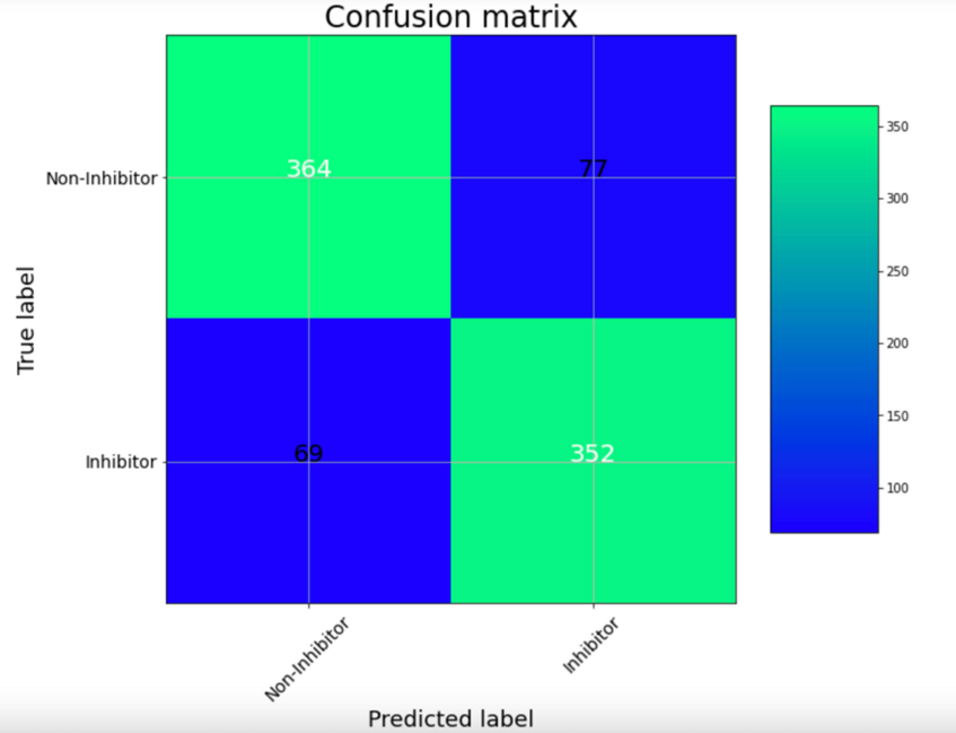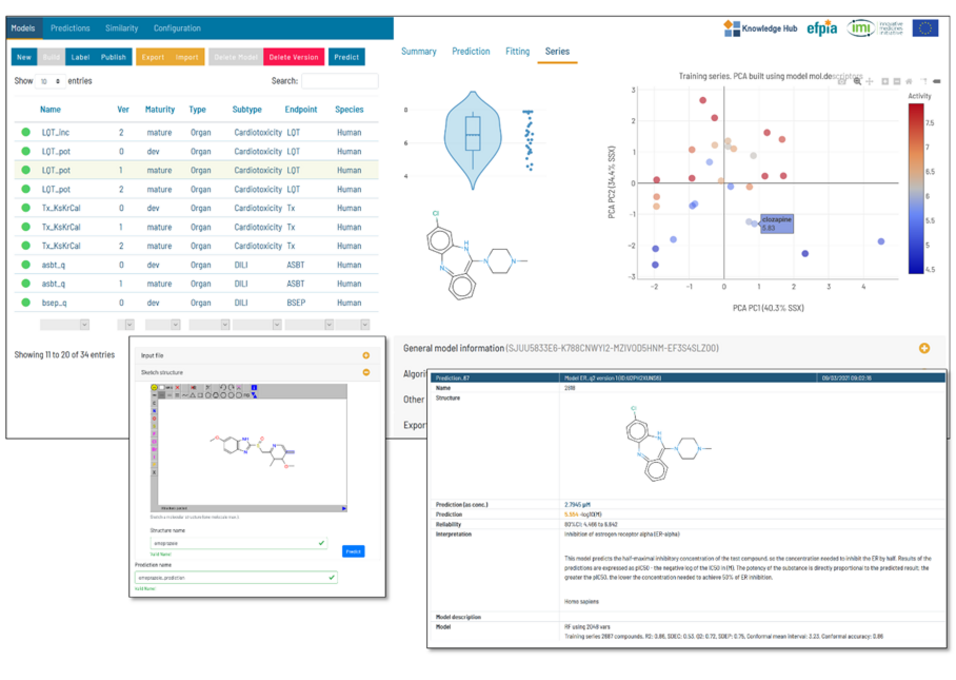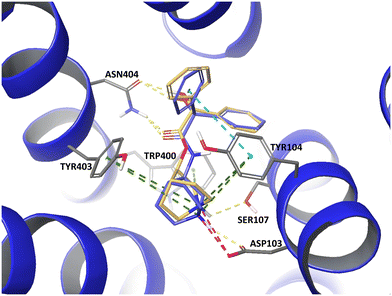29.10.2021
The eTRANSAFE consortium is happy to invite the world-wide scientific community to the Open Innovation Modelling Challenge. Consortium partners, Universitat Pompeu Fabra and University of Vienna, developed model building tools which allow easy transfer and validation of computational models at other partner’s premises, including EFPIA companies. The focus of this challenge lies on off-target modelling. The best model(s)/results will be published and promoted by the eTRANSAFE consortium.
The models shall be built only with one of these eTRANSAFE tools:
- UNIVIE Sandbox/KNIME Workflow
- Flame
To learn more about these tools and our challenge we kindly invite you to join our workshops on 17 of November:
- UNIVIE Sandbox/KNIME: 17th November 2021 at 10:00 – 14:30 CET
- Flame: 17th November 2021 at 16:00 – 18:00 CET.
Please find more information on how to register on the official eTRANSAFE website.






